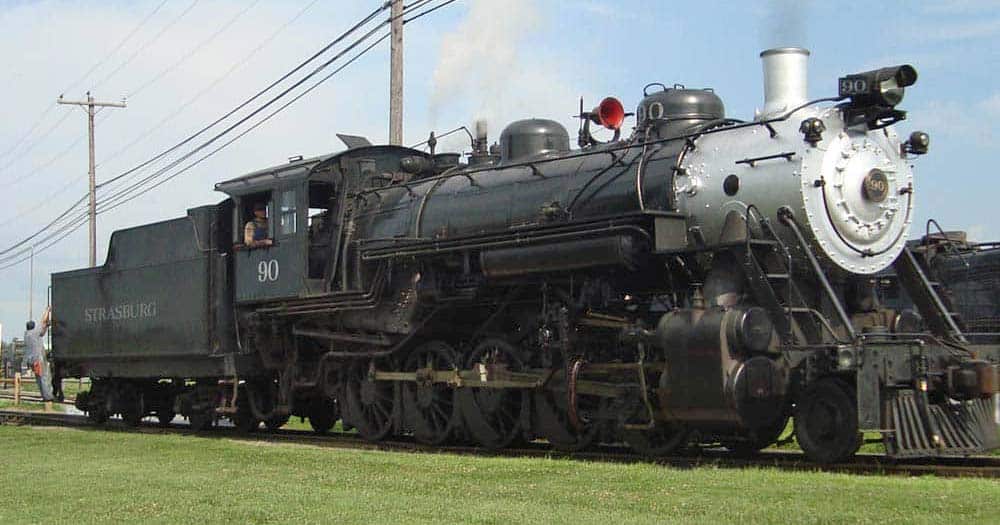“There are too many names…” A short intro
That’s the lament and plea for help from the editors of the “American Engineer and Railroad Journal” in their December 1900 issue. In the 70 years since the first steam locomotives turned their wheels on American soil, American locomotive builders had delivered nearly 70,000 steam locomotives.
Each one was a custom job. Sure, there were standards, but within the standard Mogul type, for instance, there were many ways to customise a locomotive for a railroad’s particular needs. And builders were still experimenting with wheel arrangements. There was no standard classification system. Just the names each builder or railroad gave to the locomotive type.
What we would call a 4-2-2 today was called a “Bicycle” or an “Iron Duke” or a “Single”. But a 2-2-2 was also called a “Single”. Famously, different railroads named the same wheel arrangement: Northern, Niagara, Confederation, Dixie, Greenbrier, Pocono, Potomac, Heavy Mountain, Golden State, Western, Laurentian, General, Wyoming, Governor, and, Big Apple. (This multi-name wheel arrangement is the 4-8-4 steam locomotive.)
And so the 1900 cry from the “American Engineer and Railroad Journal”. “There are too many names, and the tendency is to give a type designation to a new design to which the only the only peculiarity is the outside or inside journals of the trailing wheels.” That’s some sassy talk from the editors!
The Journal also put forth a potential solution, “Mr. F. M. Whyte, Mechanical Engineer of the New York Central, comes to the rescue with a suggestion which seems to meet the requirements in every way.” The journal goes on to lay out what would in fact become the standard way, to this day, of classifying steam locomotives in North America and the United Kingdom. It’s called the “Whyte Notation”.
Now you know how and why our steam locomotive classification system came to be. On this page we’ll take a closer look at each class and type of steam locomotive and into F.M Whyte himself.















